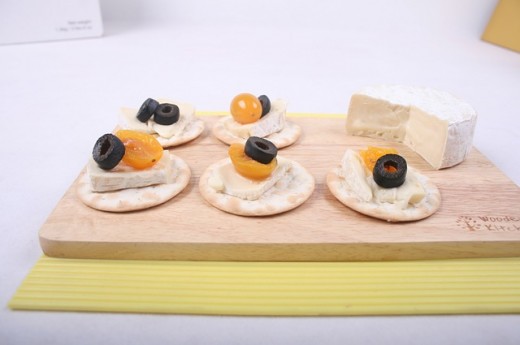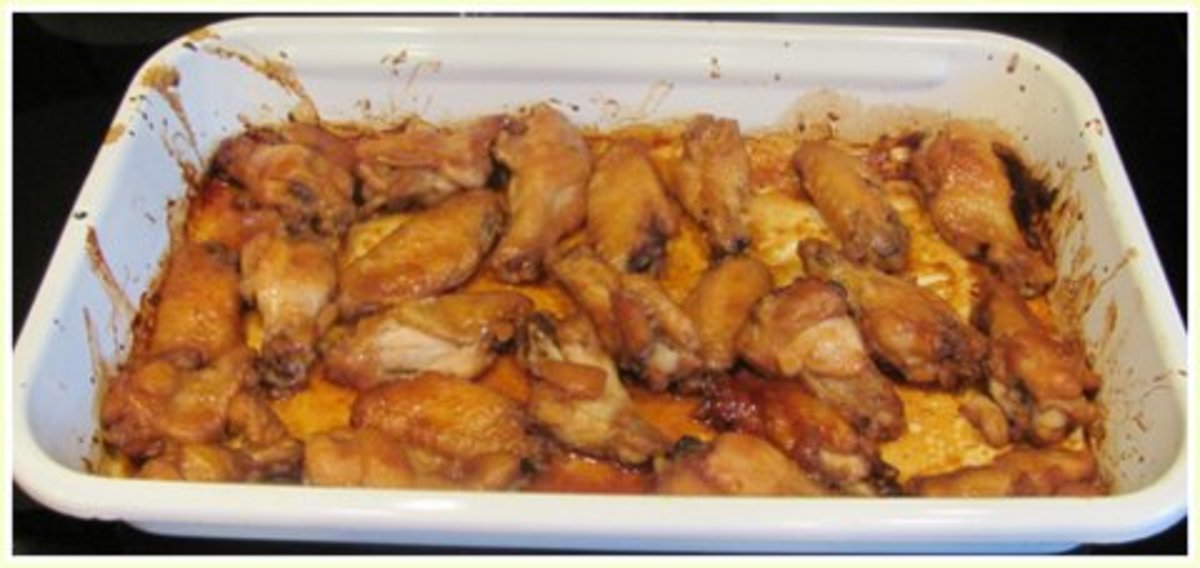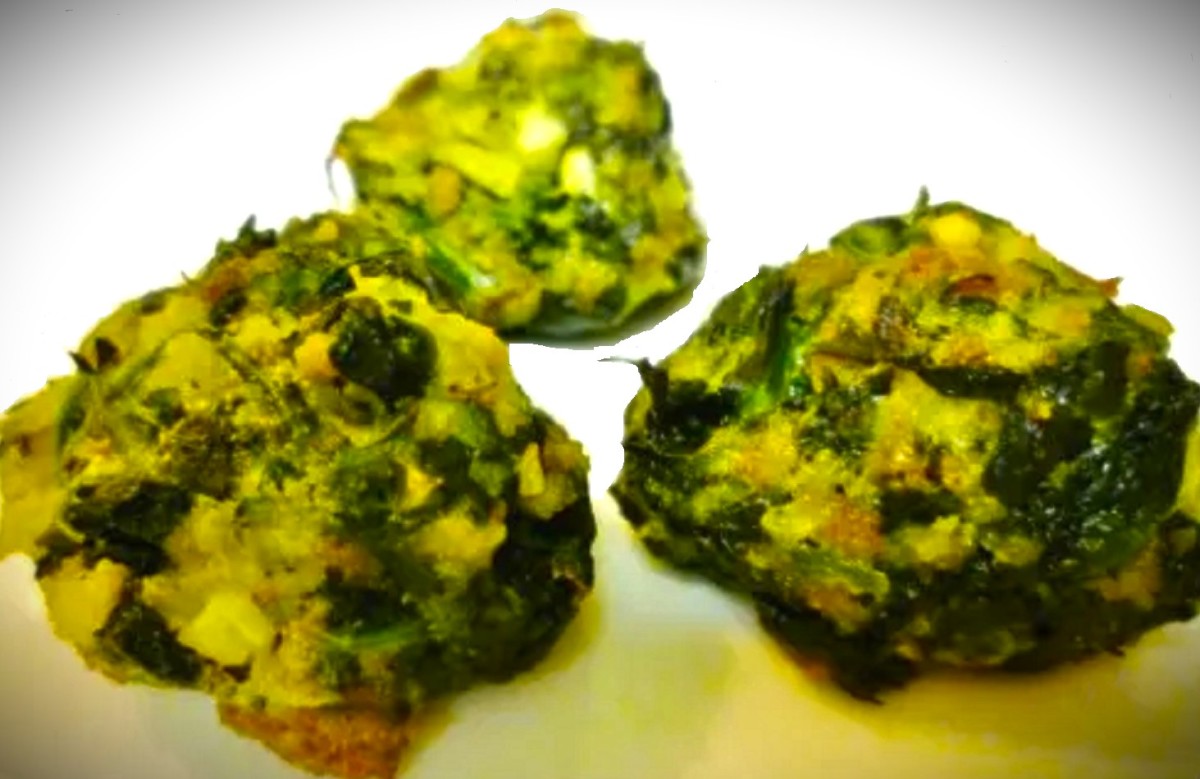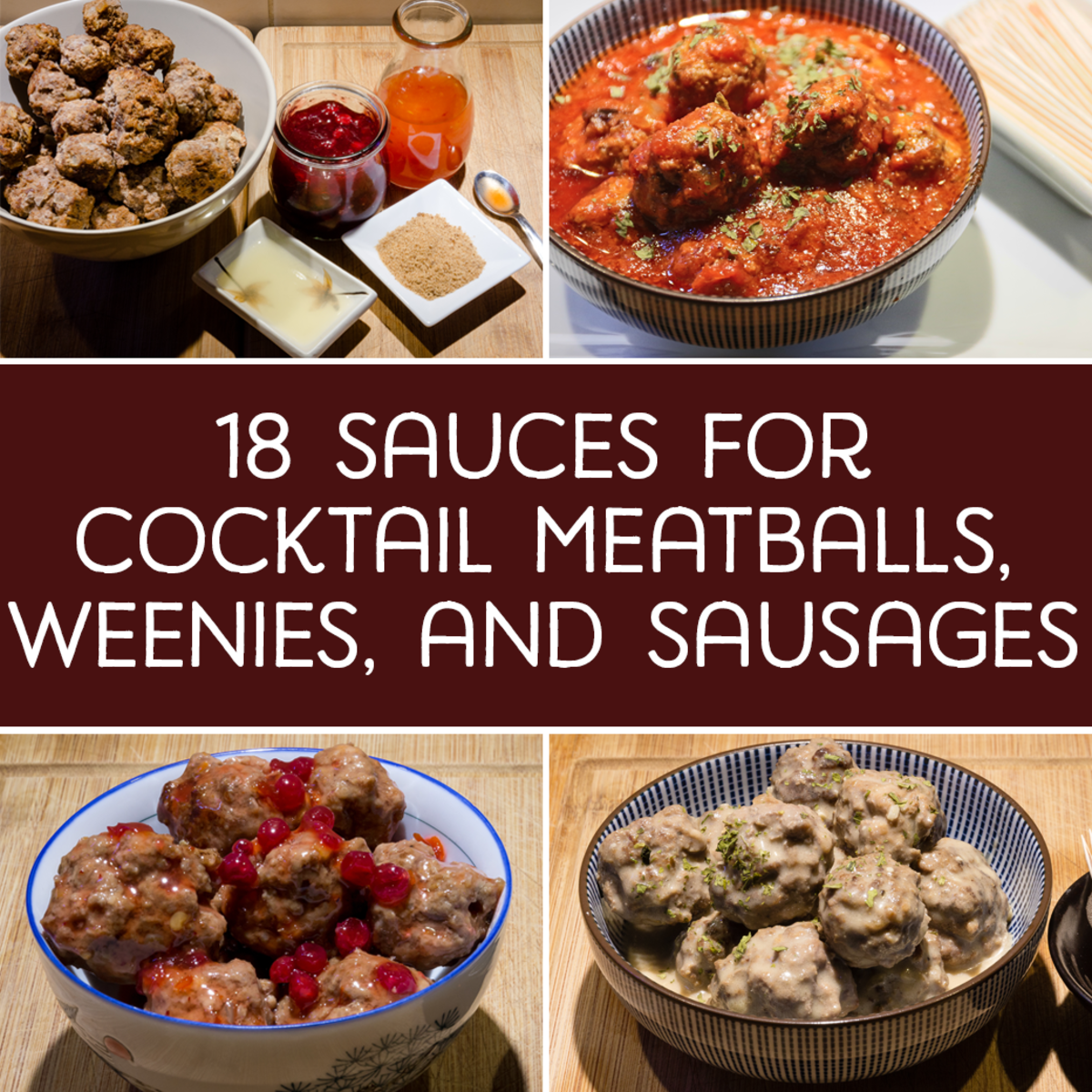The Hospitality Guru (cooking) Back to Basics: Hors D’oeuvres/starters

HORS D’OEUVRES
Hors d’oeuvres are more commonly known in Australia as appetisers or starters. They are served to stimulate the appetite, and therefore must be small and flavoursome.
Classical hors d’oeuvres differ from canapés mainly in that they are served on plates to be eaten with a knife and fork. Ingredients frequently served as hors d’oeuvres can also be served as canapés simply by putting them on a bread base so that they can be eaten as finger food.
- Hors d’oeuvres should be presented in a colourful and appealing way.
There are two categories of hors d’oeuvre – hot & cold.
- Cold, or hors d’oeuvre froid, are traditionally served before the soup.
- Hot, or hors d’oeuvre chaud, are traditionally served after the soup. On the classical menu they were called entrees volante or petite entrees. Their function has always been to form a link between the soup and main dishes.
On the traditional luncheon menu, hot & cold hors d’oeuvres are served at the same time – before the soup.
- Appetisers (or Starters), including both hot & cold hors d’oeuvres
- Soup
- Entrée, including dishes traditionally served as hot hors d’oeuvre.
Savouries are another form of hot hors d’oeuvre. On a classical menu, savouries are served after the sweet. As such they are still popular in Britain and USA, but in other countries seldom appear except as items for receptions or cocktail parties.
For service at these types of functions where customers are not sitting down, savouries should be small, well seasoned and served very hot. They should be prepared as near as possible to service time to prevent them becoming cold and soggy.
Single Hors d’oeuvre
This is a single serve of food presented as an appetiser on an entrée plate or small glass dish. Some food items, which can be included in this category are:
- Oyster – fresh, smoked or pickled
- Fish off the bone – smoked or pickled
- Shellfish, cooked & portioned
- Smoked ham varieties, thinly sliced
- Pate varieties, with or without crust
- Fresh fruit juice, iced
- Fresh fruit cocktails
- Seafood cocktails
- Crudités – vegetables with dressing or sauces
- Salads, simple and compound
- Caviar, set in ice and served with appropriate garnish.
Variety hors d’oeuvres, or hors d’oeuvres varies
A selection of cold hors d’oeuvres served on crystal or glass containers, placed on a silver salver or on a trolley or covered trolley unit. Many of the food items mentioned as single hors d’oeuvres can also be part of the variety presentation.
When serving hors d’oeuvres varies, remember that all items should be bite sized.
The following varieties of food can be used.
- Cured meats
- A variety of smoked fish
- Composite salads, including meats and poultry
- Marinated vegetable items
- Stuffed devilled eggs
- Variety of smallgoods
- Cooked shrimp
Hors d’oeuvre riches
Hors d’oeuvre riches are a traditional classical presentation of exquisite foods in crystal raviers on silver salvers. Small centre-pieces such as lobster or lobster mousse are used to enhance the appearance of this decorative platter. Some of the specialty food items in this category are:
- Caviar
- Smoked salmon
- Smoked sturgeon
- Goose liver pate
- Crayfish
- Fresh Queensland mud crab
- Whole shelled prawns



